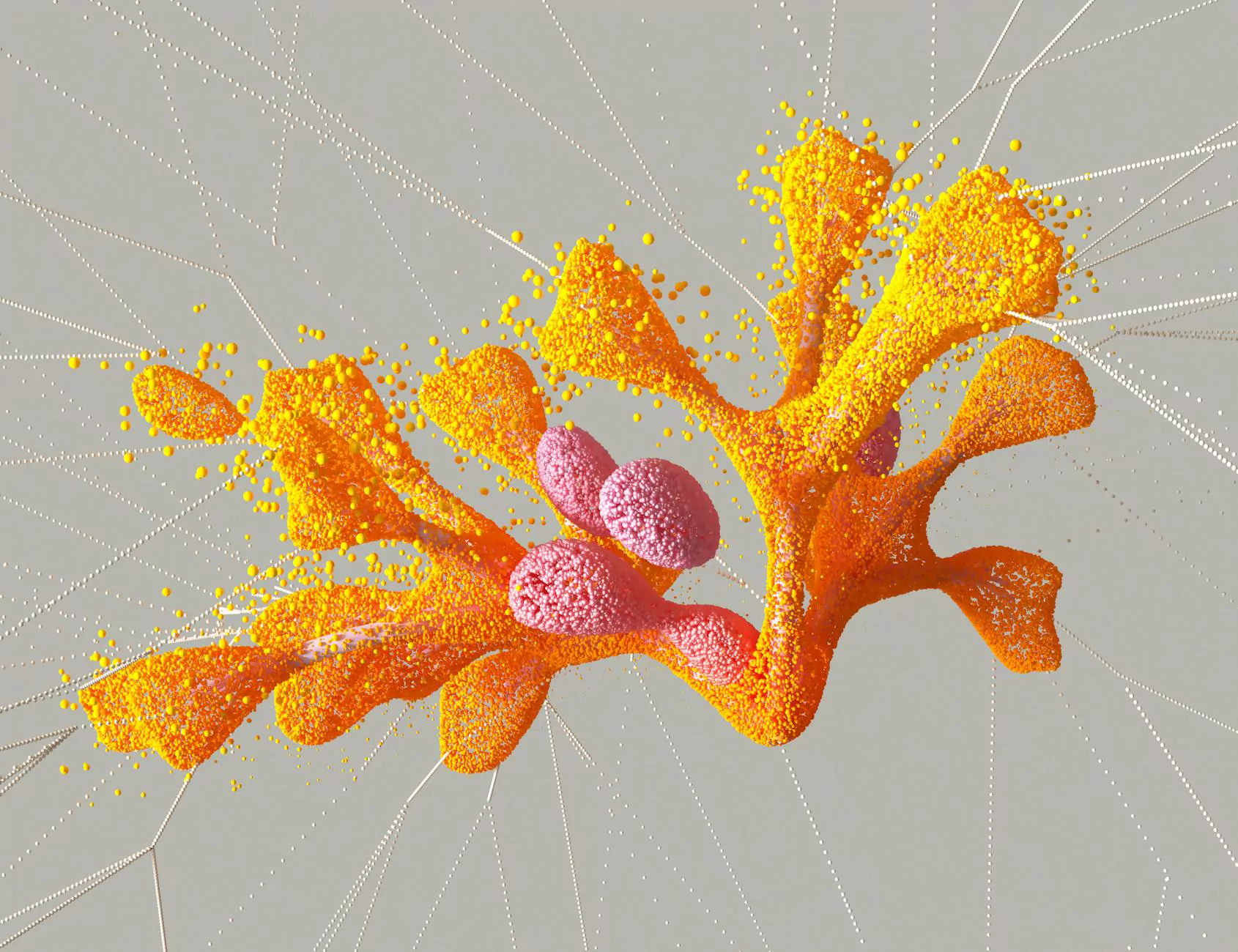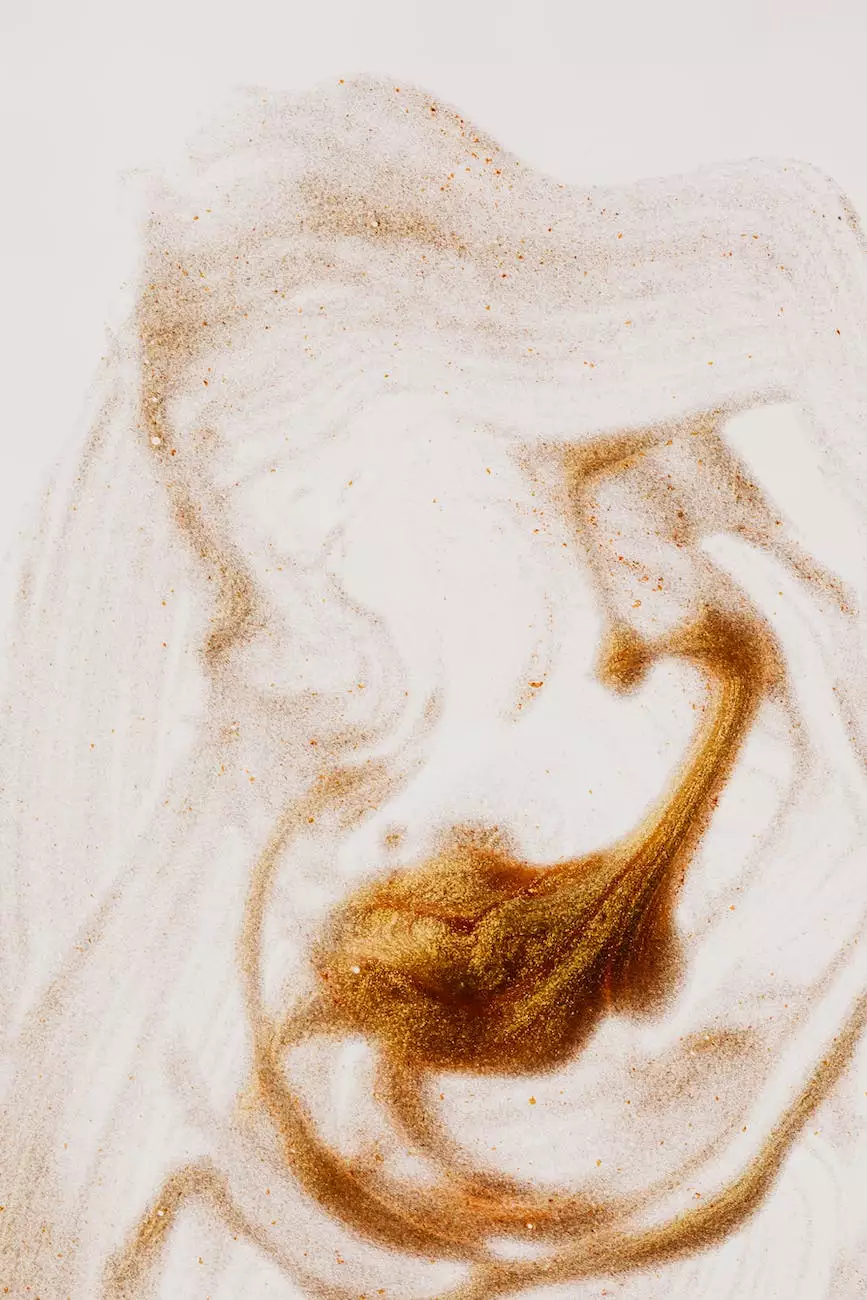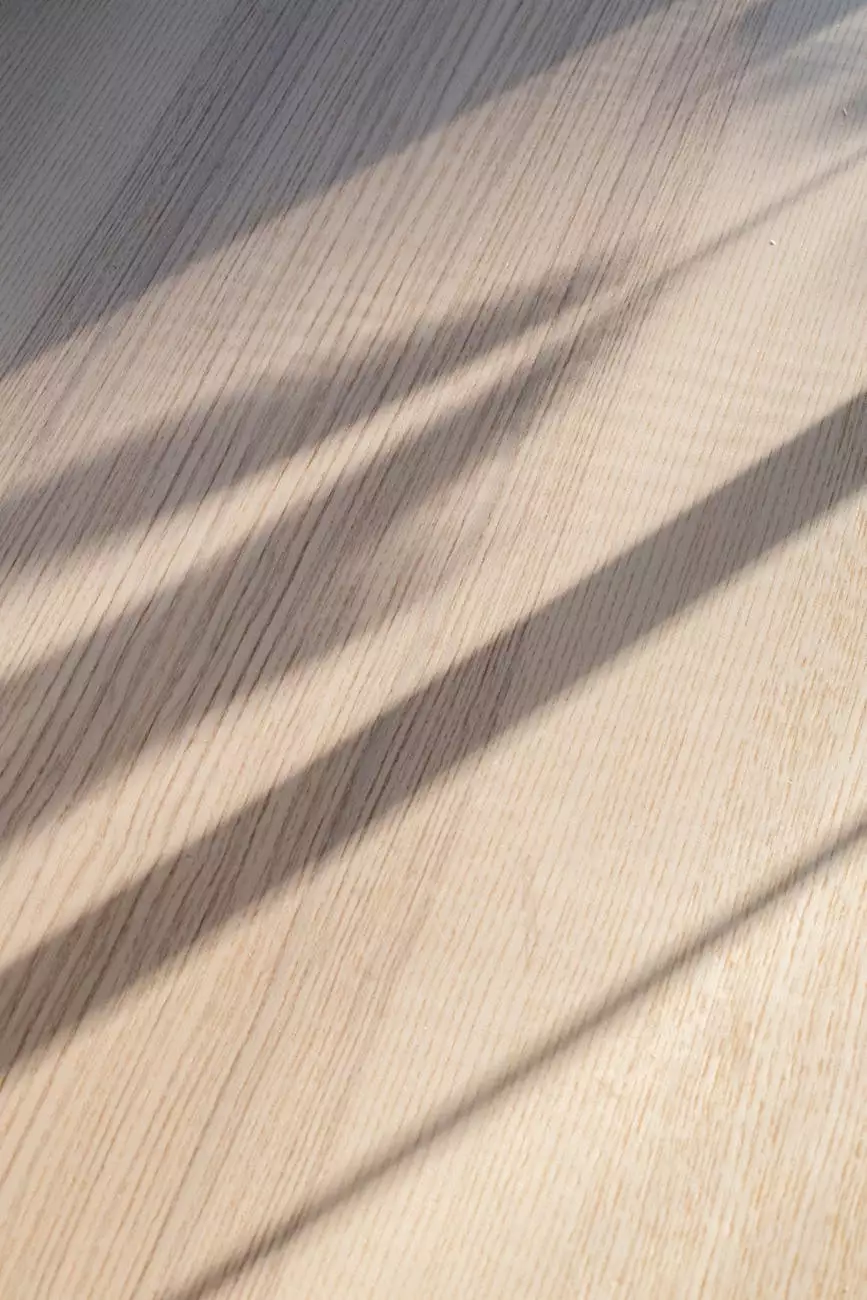How to Use MODO for Product Design, Step by Step
Blog
The Importance of MODO in Product Design
In the world of product design, having the right tools at your disposal can make all the difference. MODO, a top-tier 3D modeling software, has gained popularity in recent years for its versatility, efficiency, and powerful features. At OrangeCoastWeb, we understand the value of utilizing MODO for product design, and in this guide, we will walk you through the step-by-step process to help you harness its full potential.
Understanding MODO's Interface
Before diving into the step-by-step process, it's important to familiarize yourself with MODO's user-friendly interface. MODO offers an intuitive and customizable workspace, allowing designers to easily access and organize their tools and resources. By mastering MODO's interface, you can optimize your workflow and enhance your productivity.
Step 1: Conceptualizing Your Design
Every successful design starts with a solid concept. Begin by brainstorming ideas and sketching out your vision on paper or using digital drawing tablets. Use MODO's robust sketching tools to bring your ideas to life in a virtual 3D space. Experiment with different shapes, sizes, and proportions to refine your concept before moving forward.
Step 2: Creating the Base Geometry
Once you have finalized your design concept, it's time to create the base geometry in MODO. Utilize MODO's comprehensive set of modeling tools to build the foundation of your product. Whether you're working on organic shapes or intricate mechanical parts, MODO provides a wide range of tools to accommodate your specific design needs.
Step 3: Refining the Details
With the base geometry in place, it's time to refine the details of your design. MODO offers a plethora of tools and techniques to add intricate surface details, textures, and fine-tune the overall aesthetics. Take advantage of MODO's powerful sculpting brushes, material libraries, and rendering capabilities to create visually stunning and realistic representations of your product.
Step 4: Testing and Iteration
Before finalizing your design, it's crucial to test its functionality and usability. MODO allows you to simulate various real-world scenarios and perform tests to ensure your design meets the desired standards. Use MODO's simulation and analysis tools to evaluate factors such as structural integrity, ergonomics, and performance. Iterate as needed to refine your design further.
Step 5: Presentation and Collaboration
Once your design is perfected, it's time to present and collaborate with stakeholders, clients, or colleagues. MODO offers comprehensive visualization and presentation tools that allow you to create stunning renders, animations, and interactive presentations. Communicate your design intent effectively and gather valuable feedback to make necessary adjustments.
Step 6: Finalizing and Exporting
After incorporating feedback and making final adjustments, it's time to finalize your design in MODO. Ensure that all the necessary details, textures, and materials are in place. MODO provides seamless integration with other industry-standard software and various file formats, making it easy to export your design for manufacturing, prototyping, or further development.
Conclusion
OrangeCoastWeb recognizes the immense potential of MODO for product design and its impact on enhancing the overall design workflow. By following this step-by-step guide, you will gain valuable insights into utilizing MODO's rich features and functionalities to bring your product designs to life. Explore the possibilities and unlock your creative potential with the power of MODO.










